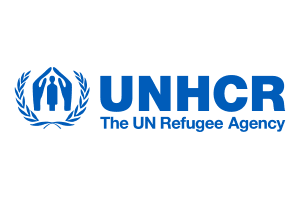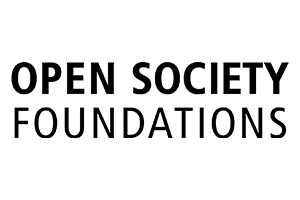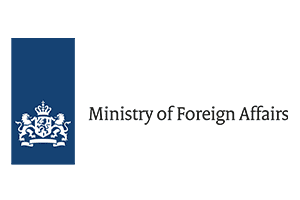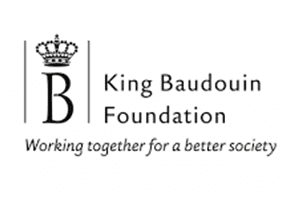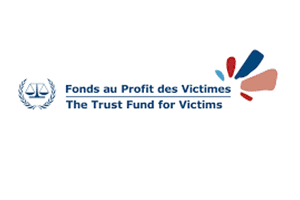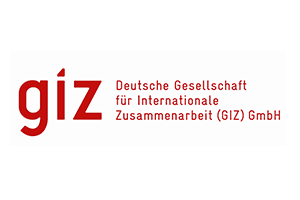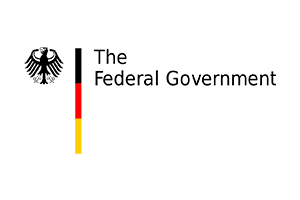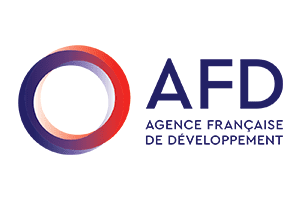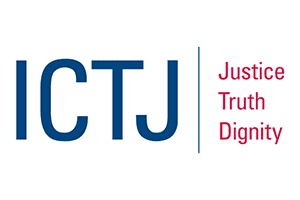May 23, 2018
“A culture of silence”: Sexual violence against boys and men in conflict
In conflicts like Syria, sexual violence is used against men and boys to punish and terrorize communities. As awareness for the issue is increasing, the protection of and care for male victims should increase, too, argues our guest author Charlotte Vercraeye.
A guest blog by Charlotte Vercraeye*
During the war in his native Syria, Tarek was detained and held in a dark cell for a month with 80 other people, often naked. The detainees would often be strung up by their hands at night, tortured with electric shocks to their genitals and gang raped by their captors. “They would come into the cell to violate us, but it was dark – we couldn’t see them. All we could hear were people saying, ‘Stop! Don’t! …,” Tarek told UN investigators.
In Syria, sexual violence against both women and men is used to obtain confessions, to extract information, to punish as well as to terrorize opposition communities, UN investigators highlighted in a report published in March 2018.
Sexual violence against boys and men underreported in Syria
Moreover, a study carried out by the Office of the UN High Commissioner for Refugees (UNHCR) in 2017 revealed horrific details about sexual violence against men and boys – an underreported aspect of the Syrian conflict. The report, entitled We Keep it in Our Heart, includes interviews and testimonies from victims in Iraq, Lebanon and Jordan. UNHCR researchers documented accounts of violence against boys as young as 10, and against men including those in their 80s. These accounts describe various forms of sexual violence, including rape and mutilation of or shooting of genitals at point-blank range. Many of the crimes were committed in detention or makeshift prisons.
The 2018 UN report reveals that Tarek’s experience is far from unique, and just how big of a threat sexual violence has become for civilians, including men. “We are faced with a vicious cycle of little help being available, limited outreach to male survivors, inaccessible services, and a culture of silence – all of which reinforce a myth that this problem is rare,” Volker Türk, UNHCR Assistant High Commissioner, said according to the report.
Awareness about sexual violence against boys and men
Sexual violence against men and boys in times of armed conflict has been neglected for many years. However, there is an increasing awareness and recognition that men and boys may be victims, too. A few years ago, for example, the New York Times covered male rape in the conflict in the Democratic Republic of the Congo (DRC) on its front-page. The photos of naked men in the notorious Abu Ghraib prison in Iraq are engrained in public memory, and UN reports on sexual violence in armed conflict are now attuned to the problem.
Like with women and girls, there is vast underreporting of male victims of sexual violence due to the stigma attached. Despite an increasing awareness, it can be harder for men to seek help or speak out, aid workers say. Victims suffer shame, depression, incontinence and impotence.
Rejection of male victims
Since the male identity is so connected to power and control, rape is perceived as a humiliation.
Moreover, similar to women and girls, men and boys may lose their reproductive capability either as a result of the physical abuse inflicted upon them – e.g.. through castration, genital mutilation – or as a psychological consequence of the violence.
Like women, male victims risk rejection by their families and their communities. For example, a male victim of sexual violence in the DRC has said according to an article in the New York Times: ‘I’m laughed at … The people in my village say: “You’re no longer a man. Those men in the bush made you their wife.”
Need for stronger prevention, protection and survivor care
Other events such as the use of chemical weapons in Syria have overshadowed cases of sexual violence. There is a pressing need for stronger prevention strategies, better protection, improved survivor care, and strengthened awareness among humanitarian agencies and staff to address sexual violence, including against men.
Although support programs for men are often established and run parallel with those for female survivors, it remains vital to give voices to the diverse and individual experiences of each sex, and to build programs that understand the specific gendered dimensions of sexual violence.
* Charlotte Vercraeye studied Public International Law and worked on issues related to international criminal law and sexual violence, mainly in South-East Asia and Africa.
The views expressed in this guest post are those of the author and do not necessarily reflect the opinion of the Mukwege Foundation.


